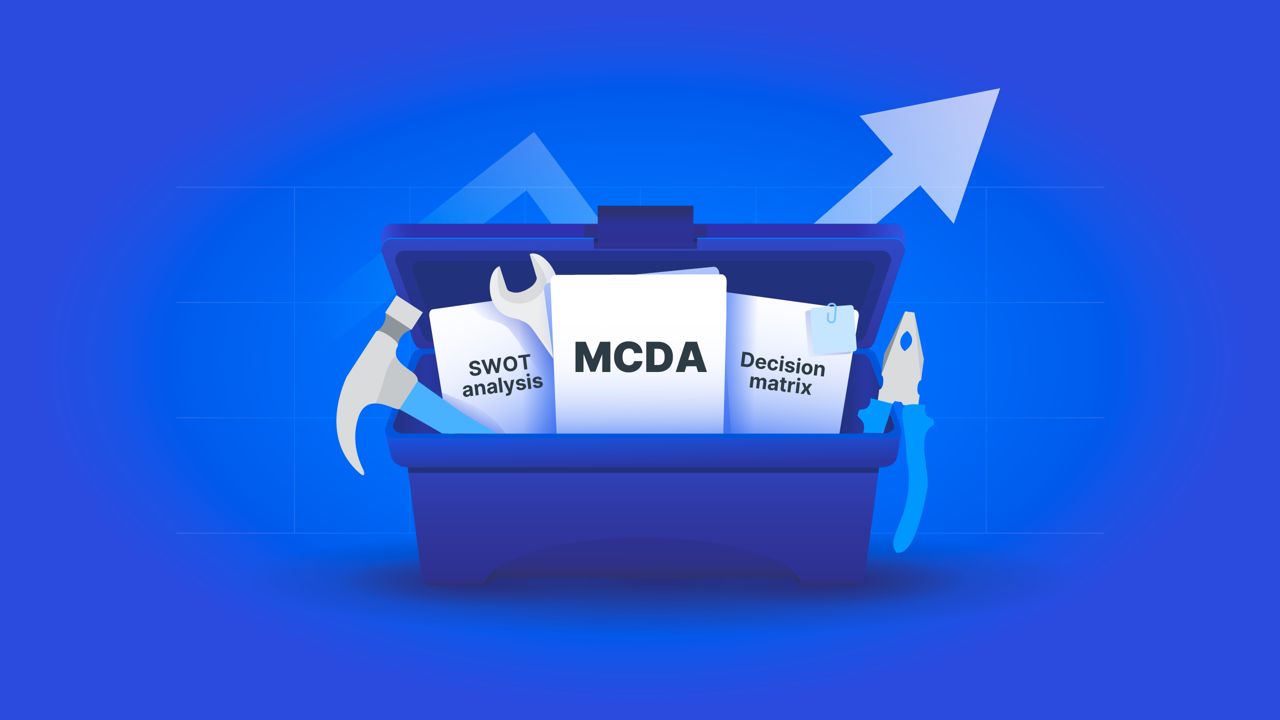It’s no secret that making the right decisions for your organization can present a lot of difficulties. From balancing multiple criteria and alternatives, to integrating competing stakeholder interests, making transparent and effective decisions is a challenge. Worse yet, making the wrong decision can lead to missed opportunities and hefty costs.
Luckily, there are many tools that can help us navigate decisions more effectively. In this article, we’ll go over decision-making tools and their benefits, describe some popular decision-making techniques, and show how innovative solutions like 1000minds and AI can elevate your decision-making processes.
What are decision-making tools?
Decision-making tools are methodologies, frameworks, and techniques designed to aid individuals or groups in making choices between alternatives. These tools help in organizing information, evaluating possible outcomes, and identifying the best course of action. Decision-making tools can range from simple techniques like listing pros and cons to more advanced methods with the use of specialized decision-making software. Knowing when to use these tools can help you navigate problems more efficiently and achieve better outcomes.
Benefits of using decision-making tools
Decision-making tools offer numerous benefits:
Improved clarity
It can be overwhelming to evaluate numerous options, especially where many variables are involved or the criteria are unclear. Decision-making tools help break down these complexities into manageable parts, making the decision-making process more straightforward.
Reduced bias
As much as we might like to think otherwise, humans – all of us – are naturally biased. These biases, such as overconfidence bias, status quo bias and groupthink, can hamper our ability to evaluate our options and possible outcomes objectively. Using decision-making tools provides a structured framework, making it easier to keep our biases at bay.
Increased efficiency
Decision-making tools offer a streamlined process for gathering information and evaluating different options. In turn, this saves time and resources in decision-making and reduces mistakes.
Better Transparency
When making decisions based purely on intuition, it’s hard to know exactly why certain decisions were made. However, following the structured processes provided by decision-making tools helps clarify and document the reasoning behind why certain choices were made. In turn, this also increases outside acceptance and trust in the decision-makers, leading to more defensible decisions.
List of decision-making tools and techniques
There are many different decision-making tools available, some of which may be more suitable than others depending on the situation at hand. For example, decision-making tools for personal life may include simpler methods like a list of pros and cons, while decision-making tools for management or business may be more complex – such as decision matrices or cost-benefit analysis.
Pros and cons
The pros and cons list is one of the simplest and most commonly used decision-making tools. As the name suggests, simply list the pros and cons of each option, usually in the form of a T-chart. This visual representation helps you get an overview of the advantages and disadvantages of your choices, making it easier to see which option might be the most favorable. However, when many options are involved, it may be difficult to reliably compare the pros and cons of each. Moreover, pros and cons lists do not establish the relative importance of different pros or cons, instead weighing each pro and con equally. As such, pros and cons lists are best suited for simpler decisions where there are few options, and where relative weights are either obvious or of little importance.
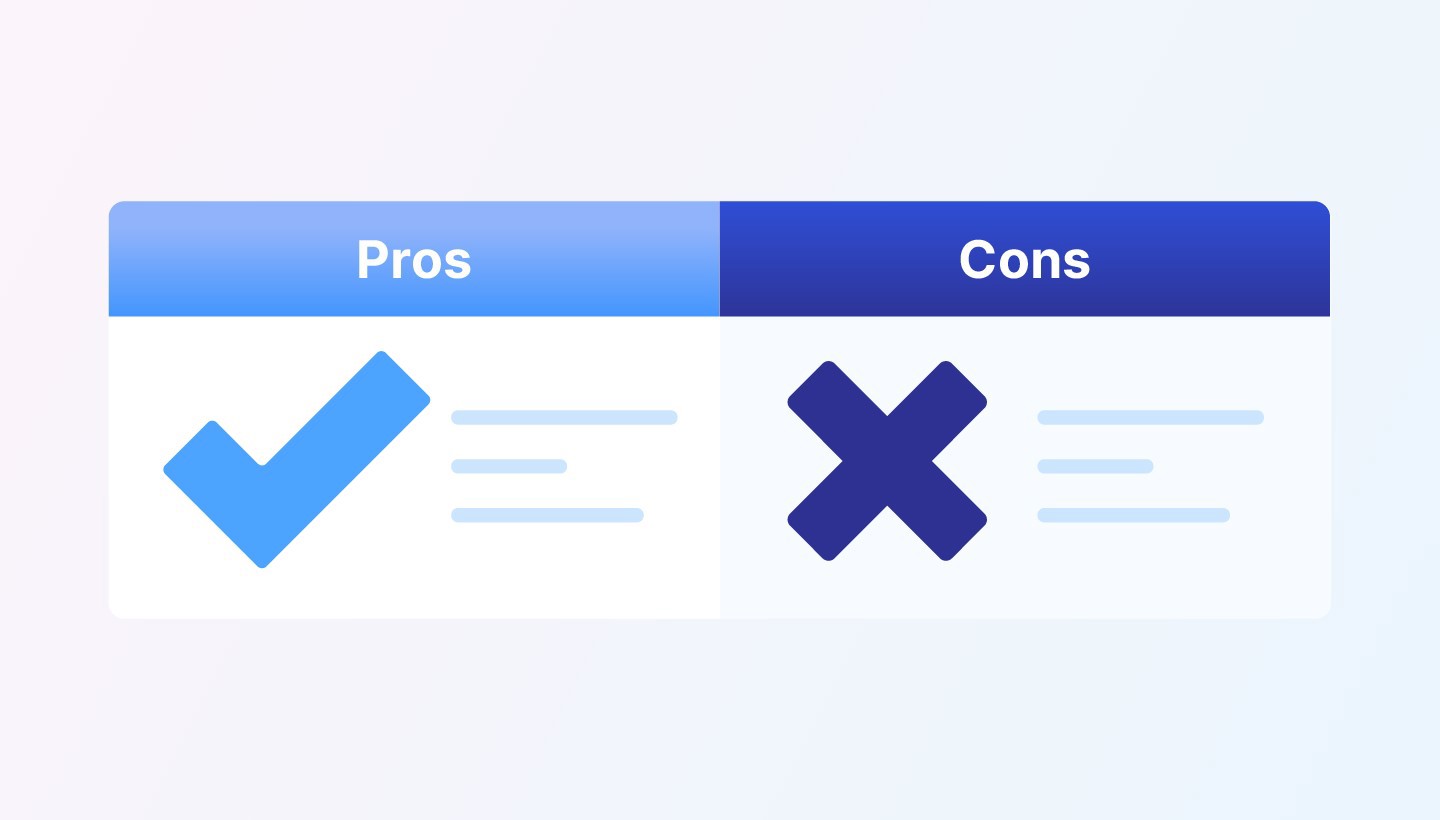
SWOT analysis
A SWOT analysis is useful for evaluating your organization’s overall competitive position and gaining insight into new possibilities or areas in need of improvement. SWOT analysis involves listing the organization’s strengths and weaknesses, as well as potential opportunities and threats. While this makes the method helpful for driving strategic planning, SWOT analysis does not provide a framework for comparing different options in decision-making. Nevertheless, this decision-making tool is useful for gaining insight into internal and external factors that could influence decision outcomes.
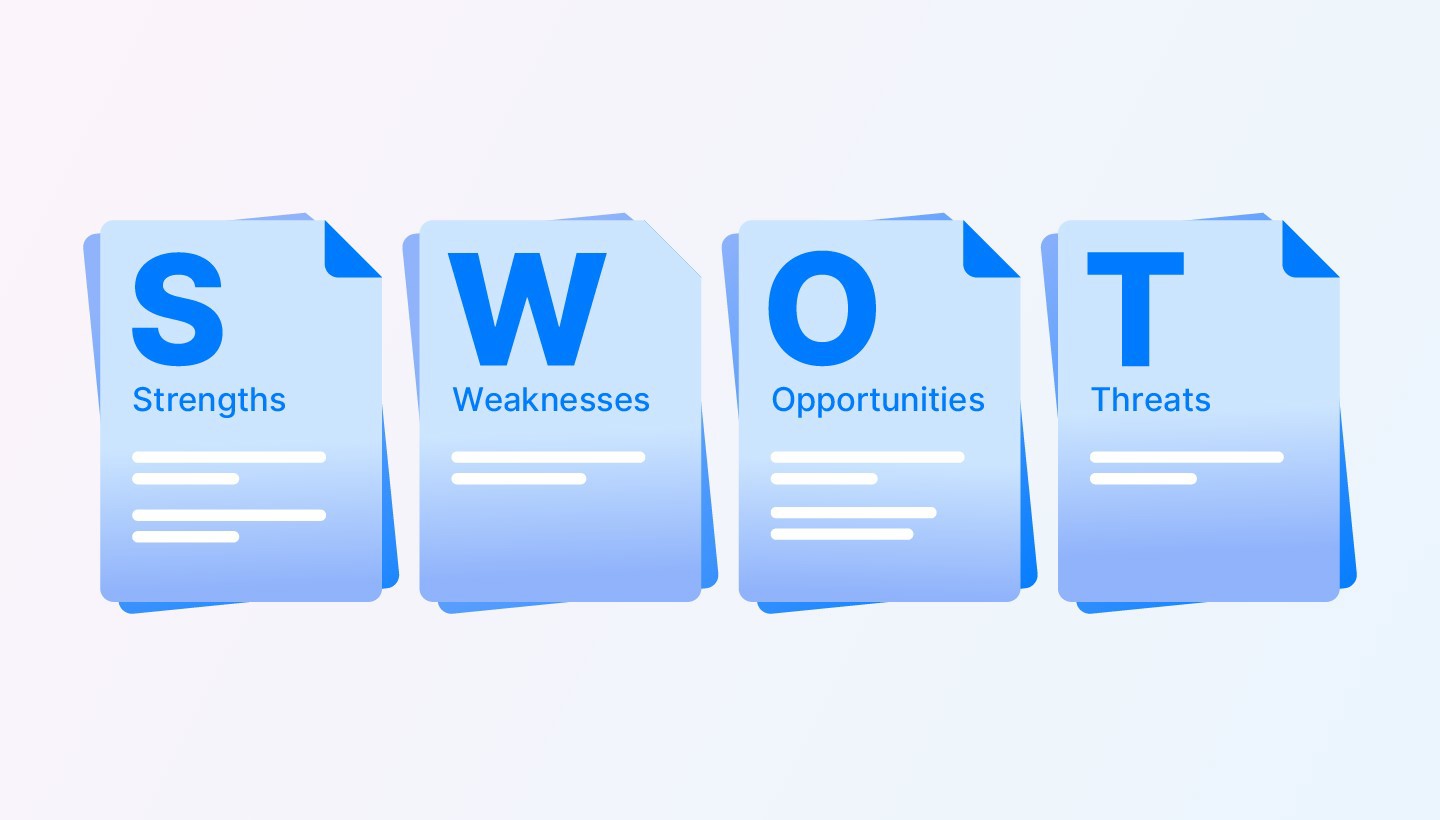
Decision matrix
A decision matrix, or weighted scoring model, is among the more complex decision-making tools, ideal for businesses, governments, and organizations facing complicated decisions that involve multiple variables. A decision matrix involves prioritizing a list of options based on a set of criteria. Each criterion is assigned a weight, and each option is scored against these criteria. The weighted scores are then summed to determine the best option.
Decision-matrices are excellent for a more data-driven decision-making approach, involving many options and multiple criteria with varying weights. However, their complexity means that decision matrices typically require the use of specialized decision-making software to facilitate the weighing and scoring process and improve scientific validity.
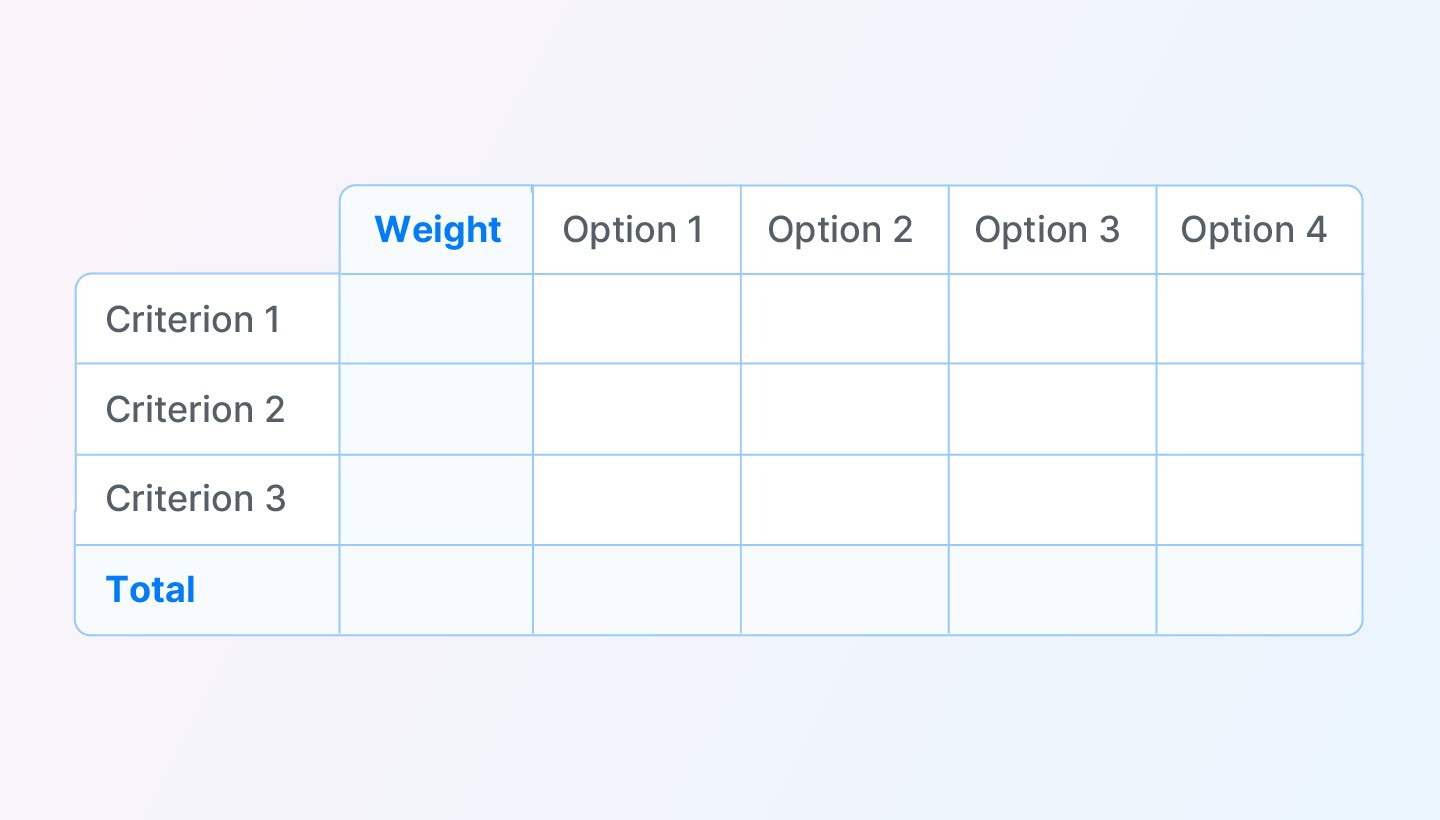
Decision tree
A decision tree is a map of decisions and their possible outcomes, displaying potential paths in a tree-like structure. To better weigh each outcome depending on its likelihood, probabilities are calculated using statistical methods for each possibility. Decision trees are useful for visualizing the consequences of each choice and the likelihood of such consequences, making it easier to identify the most beneficial route. However, while the method is great for assessing quantitative criteria, it is not well suited for evaluating qualitative criteria. Moreover, even complex decision trees based on machine learning models are prone to bias and errors.
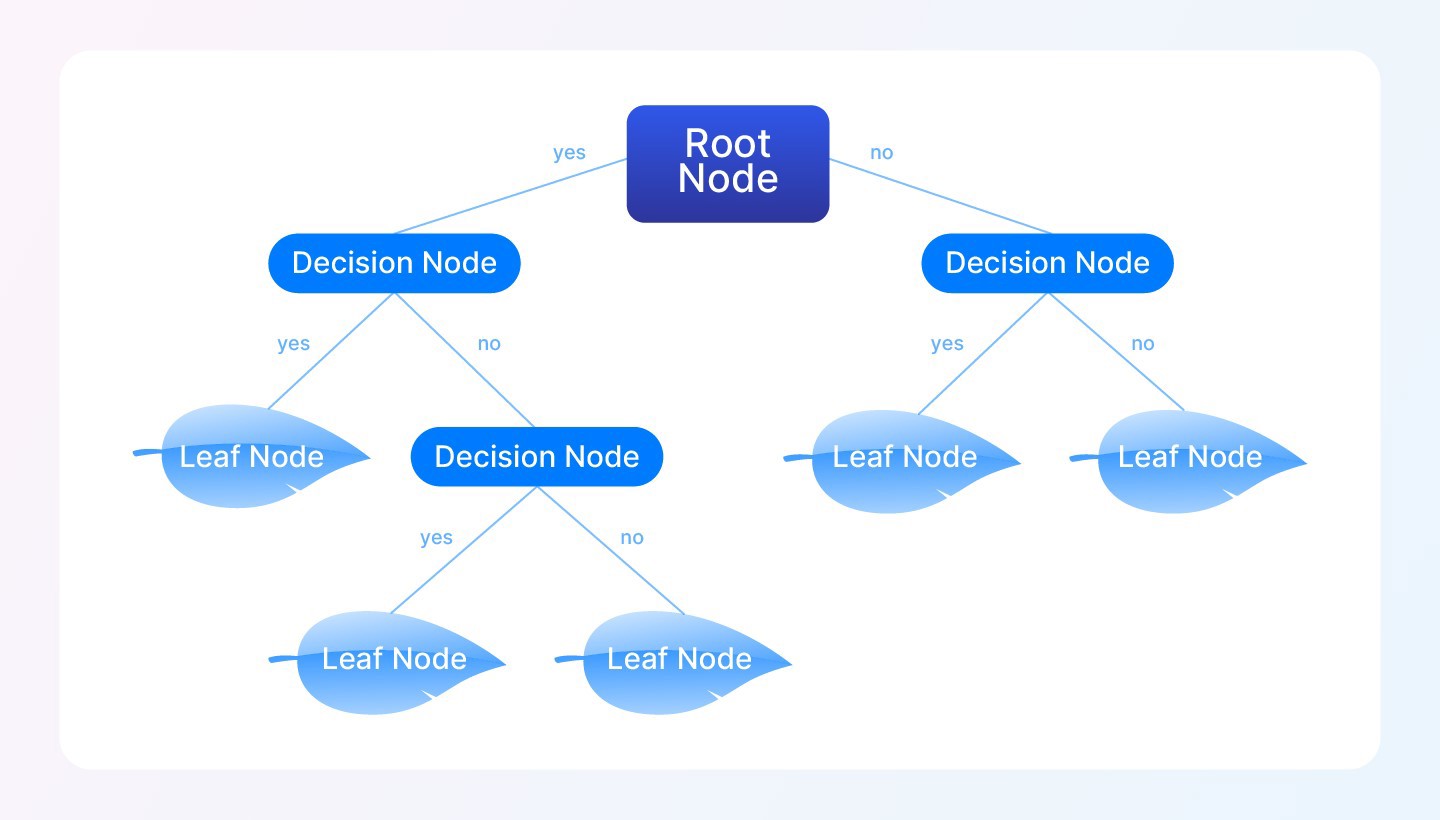
Multivoting
Multivoting is a group decision-making tool useful for narrowing down a list of options while incorporating the perspectives of multiple individuals. Each participant votes anonymously on their preferred choices ranked from a scale of 1-5. The votes are then collected and summed together for each option, and the options with the highest score are selected for further voting. Multivoting lacks a formal discussion process to establish consensus and uncover key information when considering alternatives and does not include objective evaluation of decision criteria. Nevertheless, multivoting is a simple way to include input from multiple individuals when prioritizing objects of interest.
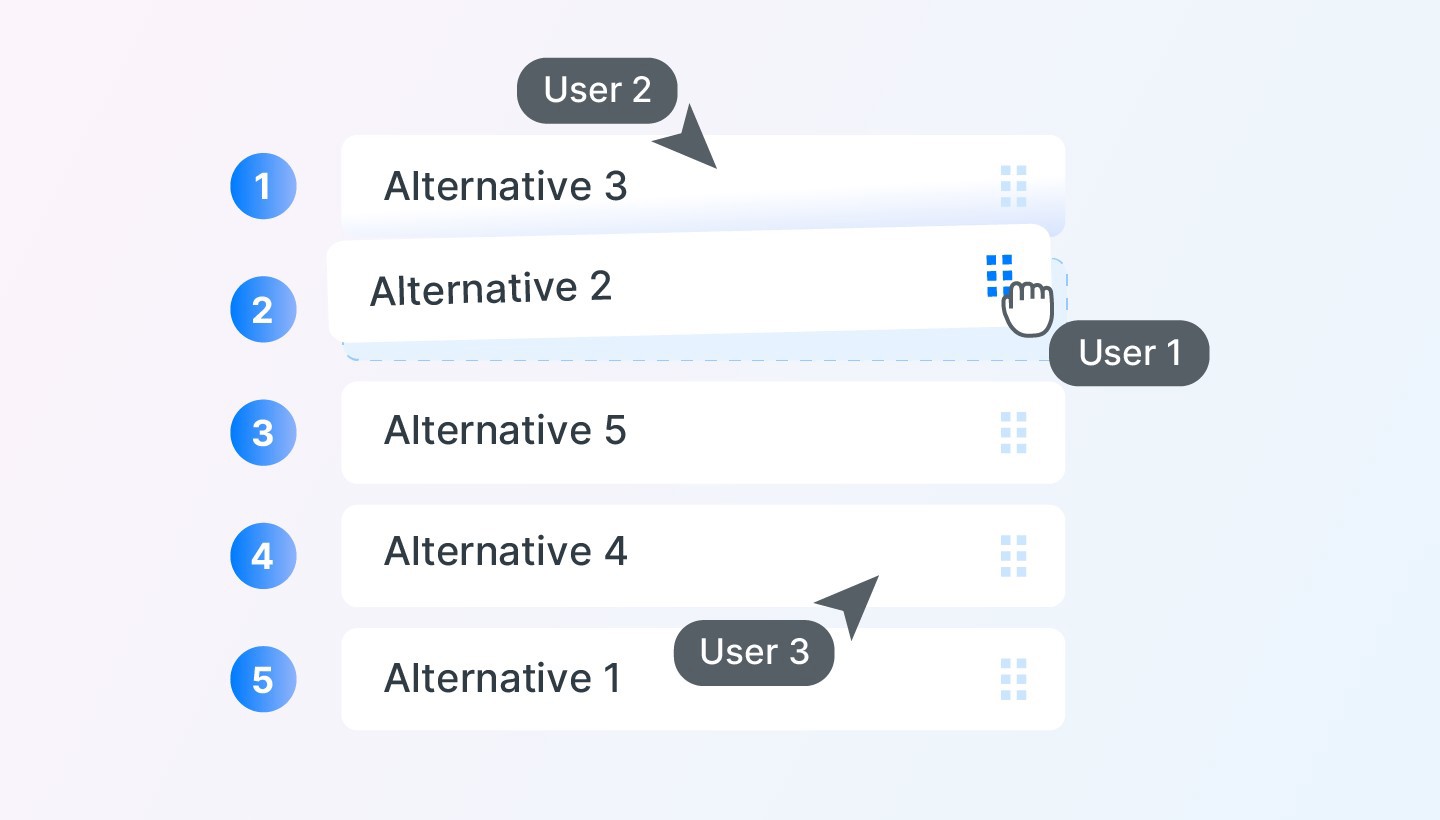
Cost-benefit analysis
As the name suggests, a cost-benefit analysis involves comparing the costs and benefits of each option. Costs may include direct costs, such as the cost of labor or materials, as well as indirect costs, such as opportunity costs. Benefits can also include a number of direct and indirect costs, such as revenue and brand awareness. These costs and benefits are quantified and compared in monetary terms. A cost-benefit analysis helps determine which option offers the highest net benefit or value-for-money, and therefore which option makes the most strategic and economic sense. This makes the method a highly suited decision-making tool for business, government, or other organizational use, though the method may be complex and subject to personal bias without structured systems in place.
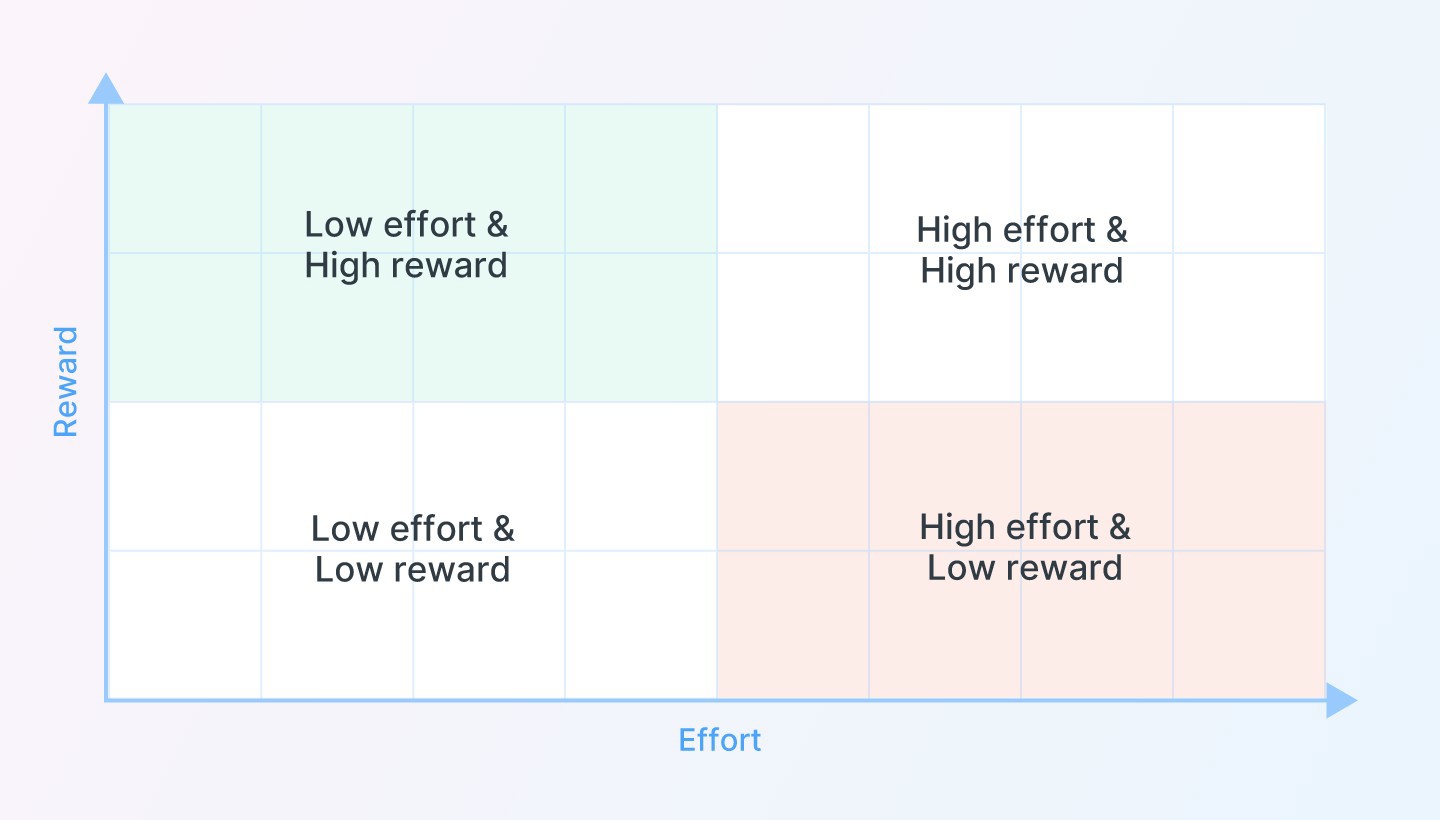
Pareto analysis
Pareto analysis is a decision-making tool based on the notion that 80 percent of the benefit comes from 20 percent of the work. This is known as the 80/20 rule or Pareto Principle. As such, a Pareto analysis focuses on identifying the most significant factors in a decision. By concentrating on the few critical issues that will have the most substantial impact, decision-makers can achieve better outcomes with less effort. It is important to note, however, that the 80/20 rule does not hold for all situations, and thus pareto analysis may sometimes oversimplify complex situations.
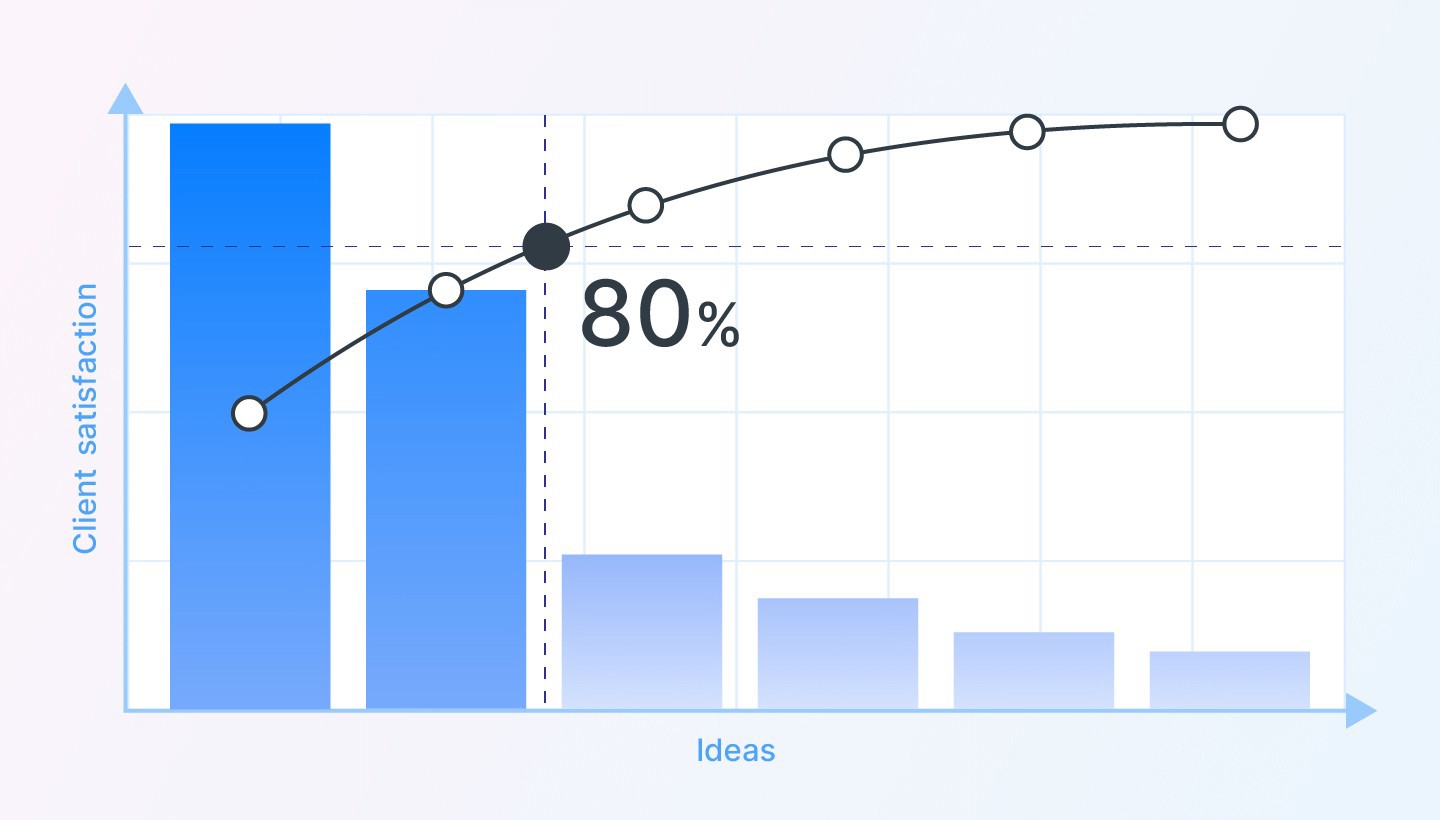
Artificial intelligence
With the advent of artificial intelligence (AI), it is no wonder that companies are increasingly implementing AI in their decision process. AI can analyze vast amounts of data quickly, identify patterns, and save time and resources by automating processes. However, AI also often makes mistakes, which is why a human-in-the-loop approach is recommended in order to use AI in addition to human insight instead of replacing it completely.
Multi-criteria decision analysis (MCDA)
As the name implies, multi-criteria decision analysis (MCDA), also known as multi-criteria decision-making, is a structured method for making decisions where multiple criteria and alternatives of interest are involved. Decision-makers establish numerical weights for the criteria representing their relative importance and determine how alternatives perform on the criteria. The alternatives are then scored according to these criterion weights and their performance on the criteria. Thus, the accuracy of a multi-criteria decision analysis depends largely on the choice of criteria, and the accuracy of the criterion weights and alternative categorizations. Most MCDA applications are based, at least implicitly, on the process represented in the figure below reproduced from Belton & Stewart (2002). Specialized decision-making software can be used to facilitate this process and increase accuracy.
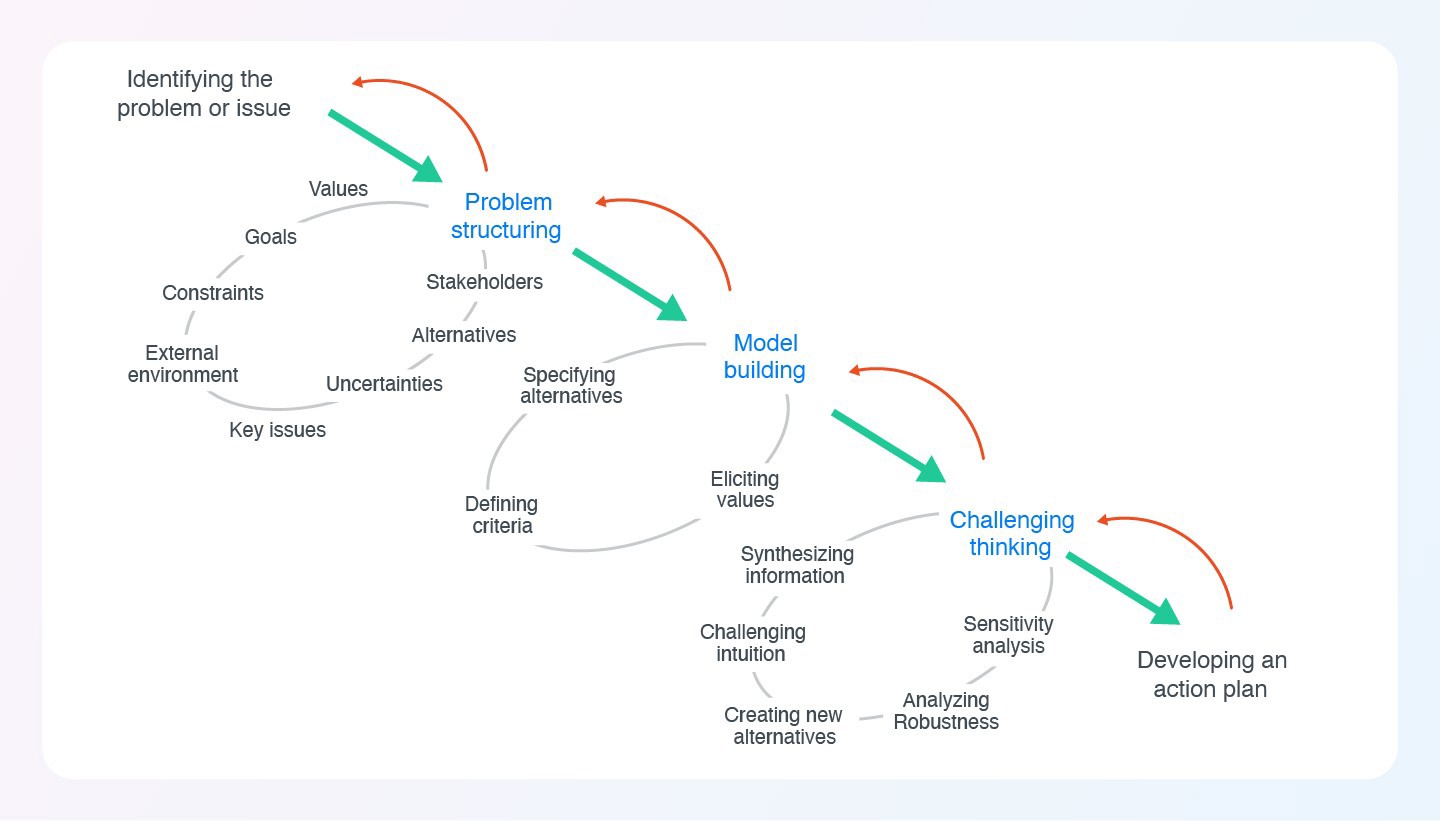
How 1000minds can be used to make better decisions
1000minds is innovative MCDA software that helps people make better decisions by providing a structured, scientifically valid framework designed for high accuracy and transparency. It is particularly useful for complex decisions where several factors with varying importances must be considered, or where multiple alternatives are involved.
How it works
1000minds works by breaking down complex decisions into smaller components, presenting decision-makers with the simplest possible trade-offs. An example of such a trade-off is shown below.
The simplicity of this design decreases cognitive fatigue and improves decision-maker confidence in their judgement, ensuring greater accuracy and reliability of results.
The answers to these trade-off questions are then used to calculate weights for decision criteria and prioritize alternatives of interest, resulting in the creation of a decision matrix.
Prioritization
1000minds is a highly suited decision-making tool for health, business, government and many other sectors regularly faced with difficult, high-stakes decisions. Examples of prioritization applications include deciding which business projects to invest in, prioritizing patients for hospital treatment, ranking objectives for managing coastal flood risk, and more. Organizations worldwide, such as the World Health Organization and WSP, have used 1000minds for decision-making.
Group decision-making
1000minds also supports group decision-making, featuring a built-in voting mechanism to encourage discussion and consensus, as well as surveying tools to gather group input in various parts of the decision-making process. In addition, 1000minds’ group decision-making tools can be used to codify expert judgement and create re-usable & auditable decision-making tools based on expert consensus.
Value for money
1000minds supports cost-benefit analysis and pareto analysis in the form of a value-for-money chart, as below, allowing decision-makers to weigh different considerations against the decision criteria by using different axes, bubble sizes, and bubble colors to represent different variables. The orange line represents the “pareto frontier”, showing which options are unambiguously better than all the others.
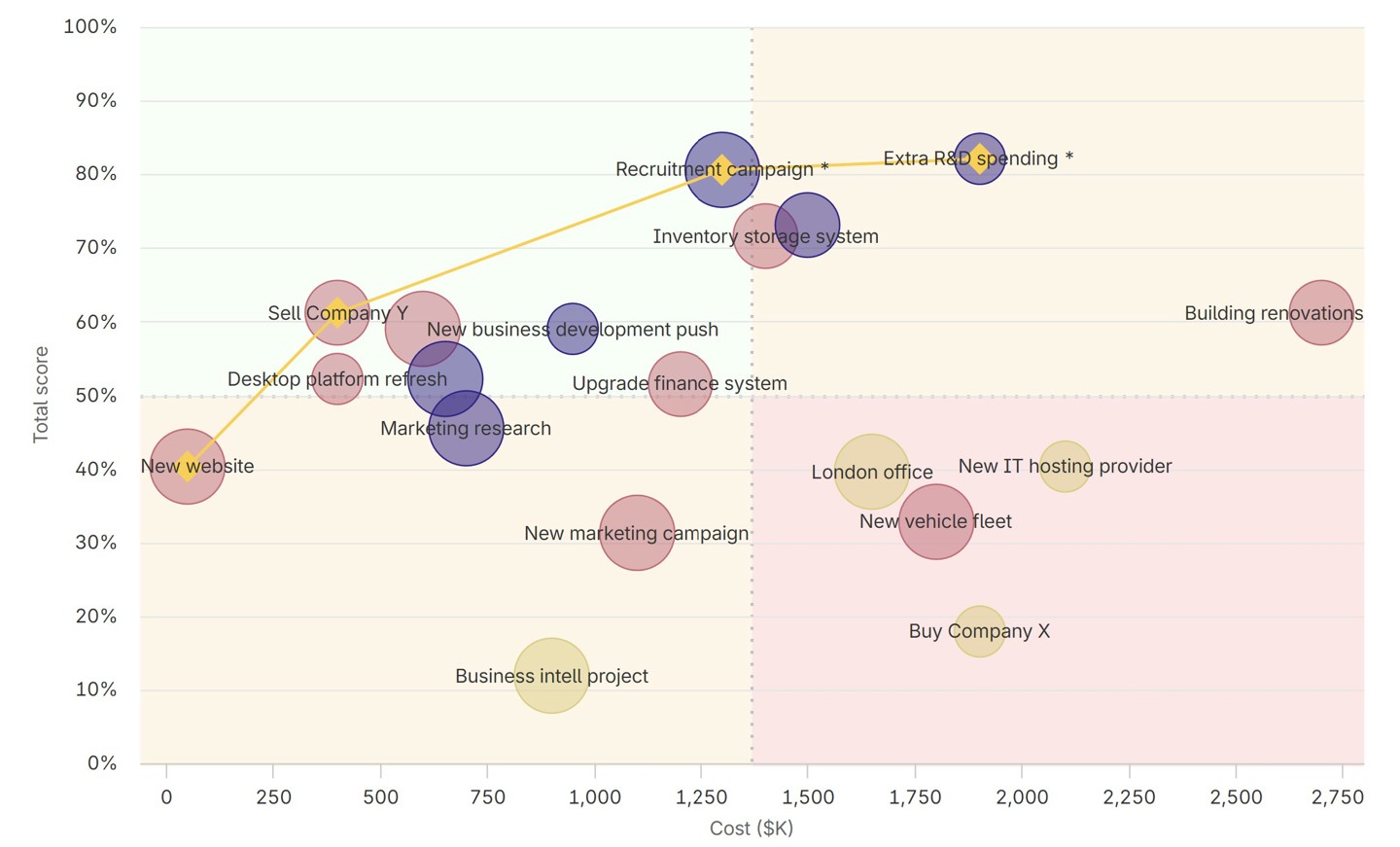
1000minds’ suite of decision-making tools provides a transparent and systematic approach, making it easier to justify and communicate your decisions. This helps ensure the best outcomes, and that those impacted by such decisions are treated fairly and equitably.
Conclusion
Decision-making tools are highly useful for gaining clarity in decision-making and improving outcomes. These tools can be used for a variety of purposes, from personal decision-making to high-value organizational or government decision-making. By incorporating the right decision-making tools, we can enhance our decision-making capabilities and achieve better results in all areas of life and work.
Share this post on:

